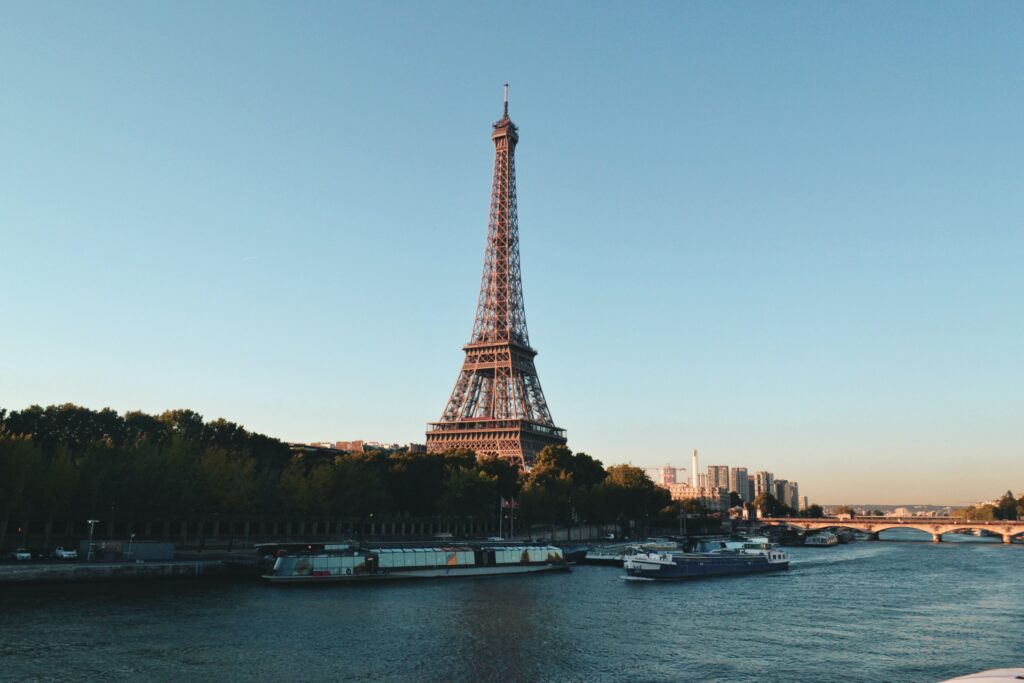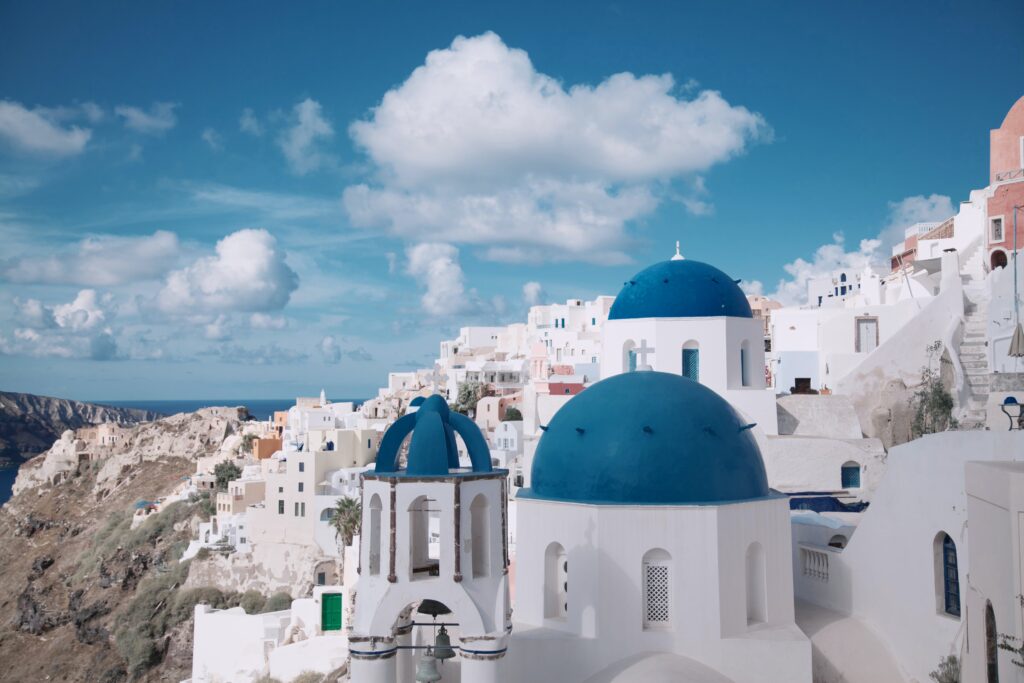The European Union (EU) is an economic and political union of 27 member states located primarily in Europe. It was formed in the aftermath of World War II to foster economic cooperation and prevent another devastating war. Today, the EU is the world’s largest trading bloc and its member states are some of the wealthiest and most prosperous in the world. In this article, we will explore the European union countries, their history, economy, culture, and politics.

Table of Contents
Overview of the European Union
The European Union is an international organization made up of 27 member states. It has a total population of approximately 447 million people and an area of 4.5 million square kilometers. The EU has its own institutions and decision-making processes that are separate from those of its member states. These include the European Commission, the European Parliament, and the Council of the European Union. The EU has its own currency, the euro, which is used by 19 member states.
History of the European Union
The European Union has its roots in the European Coal and Steel Community, which was formed in 1951. The Treaty of Rome, signed in 1957, established the European Economic Community, which was renamed the European Union in 1993. The EU has expanded over the years, with the addition of new member states in 1973, 1981, 1986, 1995, 2004, 2007, 2013, and 2020.
Economy of the European Union
The European Union has a highly developed economy and is the world’s largest trading bloc. Its GDP in 2021 was approximately $18.9 trillion, making it the world’s second-largest economy after the United States. The EU is also a major exporter of goods and services, with a total value of $2.4 trillion in 2020. The euro is the second-most widely held reserve currency in the world after the US dollar.
Culture of the European Union
The European Union is home to a rich and diverse cultural heritage. Its member states have produced some of the world’s greatest works of art, literature, and music. The EU has designated certain cities as European Capitals of Culture, with the aim of promoting cultural diversity and understanding. The EU also supports initiatives aimed at preserving and promoting cultural heritage, such as the European Heritage Label.
Politics of the European Union
The European Union is a democratic organization with its own institutions and decision-making processes. The European Parliament is directly elected by EU citizens and represents their interests at the EU level. The Council of the European Union represents the member states and has the power to adopt legislation. The European Commission is responsible for implementing EU policies and managing the day-to-day business of the EU.
Member States of the European Union
The European Union is made up of 27 member states, each with its own unique history, culture, and economy. Some of the largest and most influential member states include Germany, France, Italy, and Spain. The newest member state, Croatia, joined the EU in 2013. The United Kingdom was a member of the EU until 2020, when it left the organization after a referendum.
Austria
Austria is a small but wealthy country in central Europe. It has a population of approximately 8.9 million people and a GDP of $459 billion. Austria is known for its stunning Alpine scenery, world-class ski resorts, and rich cultural heritage.
Belgium
Belgium is a small country located in western Europe. It has a population of approximately 11.6 million people and a GDP of $531 billion. Belgium is known for its medieval architecture, chocolate, and beer.
Bulgaria
Bulgaria is a country located in southeastern Europe. It has a population of approximately 6.9 million people and a GDP of $70 billion. Bulgaria is known for its beautiful Black Sea coastline, historic cities, and picturesque countryside.
Croatia
Croatia is a country located in central and southeastern Europe. It has a population of approximately 4.1 million people and a GDP of $61 billion. Croatia is known for its stunning coastline, crystal-clear waters, and ancient walled cities.
Cyprus
Cyprus is an island nation located in the eastern Mediterranean. It has a population of approximately 1.2 million people and a GDP of $28 billion. Cyprus is known for its beautiful beaches, warm climate, and rich cultural heritage.
Czech Republic
The Czech Republic is a country located in central Europe. It has a population of approximately 10.7 million people and a GDP of $251 billion. The Czech Republic is known for its historic architecture, delicious beer, and vibrant cultural scene.
Denmark
Denmark is a small country located in northern Europe. It has a population of approximately 5.8 million people and a GDP of $313 billion. Denmark is known for its stunning coastline, charming cities, and high standard of living.
Estonia
Estonia is a small country located in northeastern Europe. It has a population of approximately 1.3 million people and a GDP of $34 billion. Estonia is known for its picturesque old towns, stunning natural scenery, and cutting-edge technology.
Finland
Finland is a country located in northern Europe. It has a population of approximately 5.5 million people and a GDP of $251 billion. Finland is known for its beautiful lakes, forests, and northern lights, as well as its design and technology industries.
France
France is a country located in western Europe. It has a population of approximately 67 million people and a GDP of $2.7 trillion. France is known for its rich history, culture, and cuisine, as well as its iconic landmarks such as the Eiffel Tower and the Louvre Museum.
Germany
Germany is a country located in central Europe. It has a population of approximately 83 million people and a GDP of $4.2 trillion. Germany is known for its high-quality engineering and manufacturing industries, as well as its rich cultural heritage and vibrant cities.
Greece
Greece is a country located in southeastern Europe. It has a population of approximately 10.7 million people and a GDP of $202 billion. Greece is known for its ancient history and architecture, beautiful islands and beaches, and delicious Mediterranean cuisine.
Hungary
Hungary is a country located in central Europe. It has a population of approximately 9.7 million people and a GDP of $170 billion. Hungary is known for its beautiful architecture, thermal baths, and rich cultural heritage.
Ireland
Ireland is a country located in northwestern Europe. It has a population of approximately 4.9 million people and a GDP of $385 billion. Ireland is known for its stunning countryside, vibrant cities, and rich literary and cultural heritage.
Italy
Italy is a country located in southern Europe. It has a population of approximately 60 million people and a GDP of $2.1 trillion. Italy is known for its ancient history and architecture, beautiful cities and countryside, and delicious cuisine.
Latvia
Latvia is a small country located in northeastern Europe. It has a population of approximately 1.9 million people and a GDP of $33 billion. Latvia is known for its picturesque old towns, stunning beaches, and rich cultural heritage.
Lithuania
Lithuania is a small country located in northeastern Europe. It has a population of approximately 2.8 million people and a GDP of $53 billion. Lithuania is known for its beautiful old towns, stunning countryside, and rich cultural heritage.
Luxembourg
Luxembourg is a small country located in western Europe. It has a population of approximately 633,000 people and a GDP of $70 billion. Luxembourg is known for its picturesque countryside, beautiful castles, and thriving financial industry.
Malta
Malta is an island nation located in the central Mediterranean. It has a population of approximately 514,000 people and a GDP of $15 billion. Malta is known for its stunning beaches, rich history, and beautiful architecture.
Netherlands
The Netherlands, also known as Holland, is a country located in western Europe. It has a population of approximately 17.5 million people and a GDP of $1.1 trillion. The Netherlands is known for its stunning tulip fields, windmills, and picturesque canals, as well as its vibrant cities and cultural heritage.
Poland
Poland is a country located in central Europe. It has a population of approximately 38 million people and a GDP of $630 billion. Poland is known for its historic cities, beautiful countryside, and rich cultural heritage.
Portugal
Portugal is a country located in southwestern Europe. It has a population of approximately 10.3 million people and a GDP of $246 billion. Portugal is known for its beautiful beaches, historic cities, and delicious cuisine.
Romania
Romania is a country located in southeastern Europe. It has a population of approximately 19.5 million people and a GDP of $262 billion. Romania is known for its beautiful countryside, historic cities, and rich cultural heritage.
Slovakia
Slovakia is a small country located in central Europe. It has a population of approximately 5.5 million people and a GDP of $110 billion. Slovakia is known for its stunning scenery, historic castles, and rich cultural heritage.
Slovenia
Slovenia is a small country located in southeastern Europe. It has a population of approximately 2 million people and a GDP of $56 billion. Slovenia is known for its stunning alpine scenery, beautiful lakes, and rich cultural heritage.
Spain
Spain is a country located in southwestern Europe. It has a population of approximately 47 million people and a GDP of $1.4 trillion. Spain is known for its beautiful beaches, historic cities, and rich cultural heritage, as well as its delicious cuisine and wine.
Sweden
Sweden is a country located in northern Europe. It has a population of approximately 10.4 million people and a GDP of $529 billion. Sweden is known for its stunning scenery, vibrant cities, and high standard of living.
Conclusion
The European Union is a unique and diverse organization that brings together 27 member states with their own unique histories, cultures, and economies. From the stunning beaches of Greece to the charming cities of the Netherlands, each member state has its own story to tell. Together, the EU represents the world’s largest trading bloc and a beacon of democracy, human rights, and prosperity.
Schengen vs European Union: Understanding the Differences
European Union from Wikipedia’s Lense
FAQs
- What is the purpose of the European Union?
The European Union was formed to foster economic cooperation and prevent another war. - How many member states does the European Union have?
The European Union has 27 member states. - What is the currency of the European Union?
The euro is the currency of the European Union. - Which country was the most recent member state to join the European Union?
The most recent member state to join the European Union is Croatia, which joined in 2013. - Which country recently left the European Union?
The United Kingdom left the European Union in 2020 after a referendum.

Pingback: Which are Schengen Countries: A Comprehensive Guide - Travelling etc.